I plan to take this blog in some new directions (I might even gussy up the design a bit, in the future). But, I want it more dynamic with real conversation about the state of Travel, Tourism, and Hospitality as it becomes more highly integrated with social media and Travel Tech. It’s obviously changing our industry, and it’s really time to start connecting each other with peers and professionals, so we can brainstorm and communicate about how to best utilize these impressive, and overwhelming, tools. Instead of my normal rambles, it will be much more insightful to get industry insiders to chat about what they know, what they have tried, and how best to understand this new world of connections and groundswell. In the future, I hope to chat with industry leaders and long time hoteliers, regarding a wide range of topics.
Currently, the best way to do this is to team up with a leader in news, events, and analysis in our industry - EyeforTravel. In preparation of their 12th annual North American Travel Summit in October, I plan to interview a handful of their speakers. It promises to gear up our understanding of what to expect from the conference, as well as engage the panelists on a deeper level. I am sure you will find these industry leaders to have profound ideas and impacting conversation on your professional life.
The one topic that is certainly on everyone’s mind right now is how to effectively run a social media campaign in the travel & hospitality segment. Figuring out the best person to interview, in this case, came naturally. The obvious choice was to reach out to Shana Pereira, the Regional Director-Americas for Tourism Queensland. Tourism Queensland and Shana are responsible for the “Best Job in the World†campaign. For those that don’t know about it (specifically all 7 of you), the “Best Job in the World†was meant to find a caretaker to live on an island in the Great Barrier Reef, get paid $110,000 to do so, and the only stipulation was the need to write a weekly blog (which you can find here, a site I suggest you visit only if you are prepared to be depressed about being at your desk). The campaign was a smash hit, runaway success, and Shana has some insightful, amazing things to say about it: what they learned, how it changed them, and some ways you can apply these same principles to work for you. If you want to learn more about what Tourism Queensland does in social media, you might appreciate the enthusiastic interaction on their Facebook or Twitter pages.  If you can’t jump off the article (and frankly why would you), I will include some photos here to give you an idea of where we are talking about.
An Interview with Queensland Tourism’s Shana Pereira
Thank you for taking the time to chat with me today! If you don’t mind giving my readers a chance to know a little bit more about you and your background, I would appreciate it.
“Previous to my Tourism Queensland life, I worked with a wholesale travel company called Stella Travel Services. Prior to that for the Northern Territory Tourism Commission here in the US, as well. So my experience comes from marketing icons, like Ayers Rock, but also with a commercial aspect – marketing with the specific goal of conversion. My career here in the US started in 2003, and so social media, whilst it was in existence, wasn’t primarily used for a commercial company to spread it’s word.  So my background was really focused on marketing but with the purpose of driving sales, vs brand marketing or PR marketing.  I was very much focused on tactical conversion.â€
And it sounds like you hit the ground running when you started with the “Best Job in the Worldâ€Campaign?
“I started with Tourism Queensland in 2007, and early 2008 was the planning for the ‘Best Job in the World’. My experience was not social media marketing or PR campaigns. I didn’t have any experience in that world at all; not in the sense of conversion.  I knew how to use it, but did we use it as a business?… not really.  So it was very interesting the adaptation that I personally had to go through to be able to be ready to launch something like the “Best Job in the World”, which was “ginormous” and had major parts where I didn’t have much experience. [laughs]  It was very overwhelming, and very, very humbling.â€
“The biggest key to that campaign is that the consumers are king.  It reiterated that even more than we ever thought; a brand is not something that you launch, it’s your reputation. People already know your brand whether you are owning it or not [laughs]. It’s not something that you create… and social media heightens that whole experience. So for us, focusing on the Great Barrier Reef, and letting consumers know about islands throughout it was really important. There are so many questions about the Great Barrier Reef, and the campaign was engineered to answer those and help the consumer work through the process of being interested, but not knowing how to experience it.â€
In this, Shana & Tourism Queensland could reach out to their niche audience that already existed, but couldn’t find the right access to the Reef. Â Queensland Tourism understood that you aren’t trying to convince people that aren’t interested in the barrier reef so much as connecting with and reaching out to people that already are aware of, and identify with, it.
“That was our biggest lesson, I think.  That’s what we went into it with… there are billions of consumers out there that could be our target market globally, but only a couple of million that visit the Great Barrier Reef in any given year.  The operators that we have that support touring the Great Barrier Reef – many are eco friendly and conscious of environment. So there is a very minimal impact on the reef itself.  So we had a model there that was in place to attract tourists, but protect the environment.  So having that infrastructure behind us, I think we were ready to enter this world of marketing with significant cut through, and it helped us spread the word as fast as possible. In social media, that is the key: You can’t shove a message down the throat of the masses who don’t want to know about it; it has to be something they are already interested in. The surprise at the end is your target community can be huge, but still very targeted to a specific interest that is a common thread amongst the consumers.â€
“Finding commonality is vital… When you are able to find that, your community will organically grow itself around that message. The key is in turning niche products into volume without losing the niche; if that is your specific target market, it will always be “niche”, however you have an opportunity to find more people by grabbing the advocates FIRST… who then propel the brand beyond our reach.â€
“In regards to the Best Job in the World, the question was ‘Why is this the best job in the world?’. It is because it is on the wonder of the world: 1,200 miles of Reef and 1000’s of fish, turtles, etc.  It became an incredibly successful campaign because it coupled people who were interested in Jobs, as well as travel in general; then layering that with this natural wonder of the world… it hit our community so positively.  It brought a new attention from job seekers and travelers.  Connecting with an existing niche community helped propel it into a successful campaign.“
What was the underlying strategy for the “Best Job in the World Campaign�
“The process start to finish had three different angles or strategies. The concept was built underneath how we would distribute the message, target the traditional demographic for visitors, and how we would convert the people in amongst the PR buzz to actually book a trip.â€
What ends up being the long term measurement of success of “Best Job in the World�
“Our creative agency at the time developed the concept, but there were a myriad of elements we needed to talk through: how to launch in multiple countries, how do you control the messaging, the translation? How do we stay focused in converting this into actual travel numbers, and people buying a trip.  Of course we wanted people to apply for the job, but our major focus and goal was to get more attention and have more people have this experience at the Great Barrier Reef. When we launched we knew it would be more of a PR effort vs. paid media campaign, but from first day we had no idea what was going to happen, to be honest. We can easily say, from day before launch to day after, we were completely different people overnight, personally and professionally.  We had to move quite quickly and nimbly… some goals set for 12 months out happened in 36 hours. [Editor gasps]. Yes! Goals in regards to visits to website, applications accepted, etc.  Then we asked, ‘what do we do know?’ [laughs].  We went through a phase of 3,000 clicks a minute in first couple days of launch.â€
“The long term return on investment was measured by visiting numbers to Queensland from international markets, and visitors spent. That is the best measurement year over year.  It obviously isn’t about giving away one job, but rather letting the eyes of the world focus on us, in middle of their winter, letting everyone know “YOU COULD LITERALLY BE HERE”. It wasn’t about being someone ‘special’ – it was literally that anyone could be there. The job could be had by anybody *and* you didn’t have to wait for the dream job, but could immediately book and have this experience on vacation.â€
(In fact, The Best Job turned out to be a real job after all. A wonderful, brilliant job… but in the 6 months, Ben Southall, the winner, did 200 interviews. Ouch & Wow. I personally rather go on holiday.)
How has the campaign altered and existed over time, and how has it effected your traditional marketing?
“The launch of the ‘best job’ was a PR message that went global, that ran alongside the normal tactical campaigns.  What we saw was that modern social media impacted traditional marketing in positive ways.  Organic interest grew in traditional print media, etc. Each of our tactical campaigns were heightened.  Because of social media, people had heard and seen Queensland in the first 6 month period, and interest organically grew, and we instantly saw results in parity with that marketing.  We also leveraged the “Best” tagline in markets around the world, because people had heard of it:  ‘Best honeymoon, best diving’, etc. Lastly… it grew our social media immensely.  When you Google ‘Best Job In The World’, you will see applicants and others still talk about it. Now we have another channel we can market to regularly.â€
The fervor of traditional media “falling†seems premature. Social Media isn’t going to replace traditional marketing, in fact, this campaign proves they work together incredibly well.
“The way we launched the “Best Job” campaign in the U.S. was through a Reuters news article.  We launched a social media campaign through traditional media, so it’s very, very integrated. You definitely have to be integrated into both of the worlds. How we use social media is basically a new distribution channel. We also work with traditional media who uses social media to research topical and relevant news… In every campaign we look at PR, trade engagements, such as travel agents, airline partners, wholesalers, and social media.  So, yes, it’s literally another distribution channel.â€
“I wasn’t aware of activating PR or social media, and I was handed this new campaign, where they said ‘Have a think about it.’ [laughs]. So we are really proud of how it rolled out.  It grew organically after the launch, but was VERY strategic over time – there were 4 phases of media engagement.  In the end, the social media buzz gained enough momentum to have Oprah interview the ‘Best Job’ winner, Ben.  So again, it’s reciprocal and integrated tightly. In fact, whenever the Oprah episode runs, we measure it to be about $500K in PR value each time – with new people engaged each time, as well.â€
So why did the campaign work so well?
“It worked because it’s genuine… it’s real. It isn’t about creating need with a forced message, but connecting with people that have a need, and connection, for your brand.  ‘This is truly a place that is unlike anywhere else in the world’ – a specific message that everyone can relate to.  Everyone has a job, needs a job, and even if they are in a job they are open to learning about new ones.  You sell a dream, sell a connection, sell a relatable experience.  When you can find what’s relatable – ‘what is that void in people’s lives? What is the one thing this product fills in an emotional sense?’ – it takes off. What’s more is that you are visible to the world – you are open, listening, anyone can contact you.  That is scary, and changes your professional culture. It’s not a process that people are ready to jump into. But I guarantee whatever industry, hotels and airlines to washing machines, if they represent a genuine emotional fulfillment to a person, they will stand out. It doesn’t need to be large companies, anyone can do it. Even though we are 2 years into the ‘Best Job in the World’, I still get goosebumps talking about it because it’s a true statement, and something I am incredibly emotionally connected to. It was really because of the reiteration from millions of consumers saying ‘I WANT THIS’, and ‘YOUR PRODUCT IS UNLIKE ANYTHING IN THE WORLD’. It can be achieved on all different levels, and you don’t need millions of dollars.  The overall cost of the 12-month campaign was 2.1 million Australian dollars, and we reached every corner of the world. If you get people talking about your product on your behalf, it organically grows. Success isn’t a numbers game, but real consumer interaction.  We are all on limited resources in this day and age, and you really want to service people that want to hear from you.â€
“The timing of the campaign was also important; it was selling a dream. I was literally in an interview where Hillary Clinton was talking about jobs on the decline, and then I go on talking about not only a job, but a dream job.  The reason it got so much coverage is that it was a great opportunity that gave some hope; an affordable, do-able, life experience you shouldn’t have to put aside just because of this global crisis.  Our whole industry was at a standstill, and everyone quickly became aware of us because of these connections, and we were reaching out to these specific and targeted audiences, which happen to be large and vocal.â€
Since you have social media figured out…. What’s next?
“So I am all for it now.  I am a renewed person, and love social media networks, but we do use them in a calculated manner.  You need to make sure not to misuse the social media databases…. if you start overly marketing to your consumers, or sending wrong messages, you will lose the interest of the group. You need to treat these databases as human beings that want legitimate connections. If I have opted in to hear about a Ford Focus, I don’t want Ford sending me information about SUV’s, etc.  You will immediately lose my attention in that case.  You need to treat these connections with respect, as humans.â€
“For Tourism Queensland, we are now always working on campaigns like this. As with the ‘Best Job’ campaign, it takes a number of months to get a campaign going.  Ben has been touring and talking about his experience, to this day.  The Best Job campaign was never defined as a “campaign”, so much as a message that would run the normal course of its natural organic life. We have also created ambassadors in specific countries who love Queensland.  They are passionate consumers that are thrilled to be given the opportunity to represent and share about Queensland. People want to hear from real people, a peer, or fellow traveler; a genuine, unbiased opinion. I am not too sure the travelers want to hear from me [laughs].  In fact, by the time they get to your site, they have decided.  You can only be there to support the process and reach out to them.  So we will continue to support the organic growth of the message as long as it is ‘alive’.â€
What is your goal for this conference?
“Whenever we do these sort of talks, my goal is to have 2 or 3 things that everyone in the room can walk away with; I like to leave the group with at least a couple implementation strategies that we can apply, that don’t cost too much, and that they can actually see some kind of result from.  Too often you sit through these talks and you get to the end and you go ‘That sounded great, but does it apply to me? How do I apply it to me?’. We want people to understand some of the things we learned through our process, so they don’t have the same learning curve. Something we learned, especially for hotel properties: it’s about the experience of your hotel, and how you verbalize that experience. For example, we have learned it’s VERY difficult to have a large fanbase for a particular brand, unless you have huge dollars.  But how do you relate the story of your hotel, so that people know the underlying experience?â€
“You need to layer this message so that it connects with that audience.  Finding a way to relate that message to our everyday lives and instantly put us somewhere else is important; to relate to a customer’s day to day, and find out how it fills a need for that person. We travel & marketing professionals are all very busy, and want to make best use of each other’s time.  The more we can help others, it organically happens that we help ourselves. This conference is part of that.â€
Thank you for your time. Â It’s exciting that Eye for Travel has been able to level the playing field by connecting so many intelligent, learned professionals that are sort of starry eyed saying “We don’t get it, it’s amazing, let’s converse and help one another learn from each other”.
“Yes, and it’s a moving learning.  I don’t think we will ever totally get it.  I think we just have to support the process, because it’s just so fluid.  I don’t think it’s something that we’re supposed to wrap our heads around as a marketing professional. It’s more about looking at it from a consumer point of view and what would you want to hear, and what would you click on.  It’s very, very interesting.â€
BUT WAIT, THERE’S MORE! =) There is so much more for you and your organization to learn about. Â “The Best Job in the World” has a “BEST EVER CASE STUDY” – a complete and all-encompassing documentation of the entire process, start to finish. Â It includes a Video Case Study as well. Â The amount of data, results, and solid ROI info you can garner from that site is, to say the least, impressive, and I encourage you to spend time learning from their experiences.
Shana Pereira from Queensland Tourism will be speaking at the Eye For Travel North American Travel Distribution Summit in Chicago, the 13th & 14th of October, 2010. You can look at the agenda here, and a list of all the speakers here. It includes 4 separate focuses within one conference: Online Sales & Distribution, Revenue Management, Mobile Travel & Tech, and Social Media Strategies. Register here, or contact rosie@eyefortravel.com for more information.

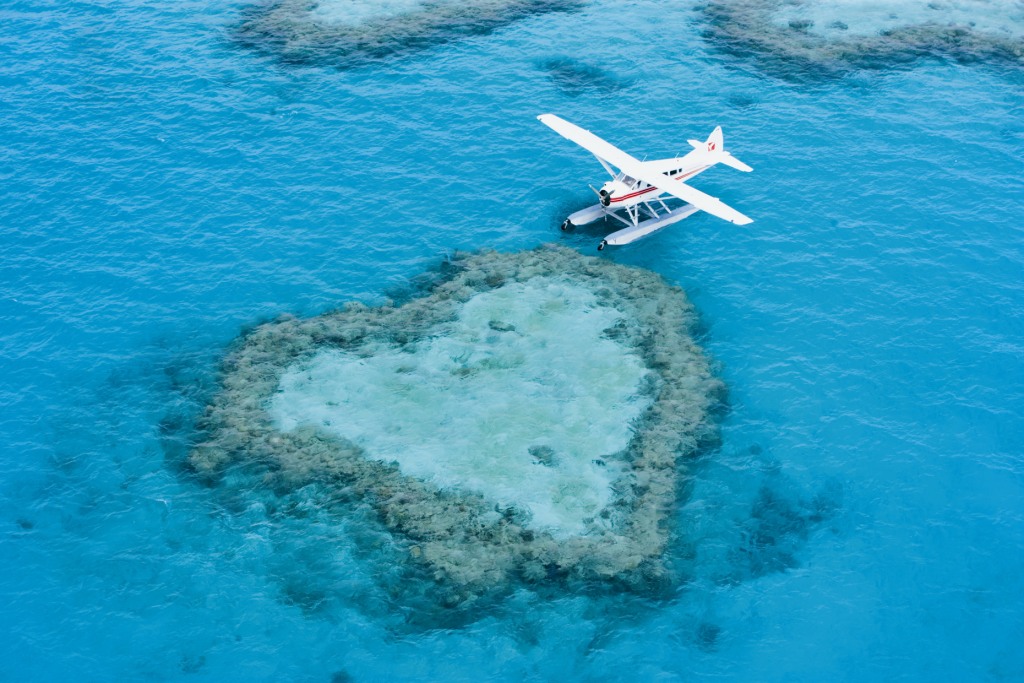
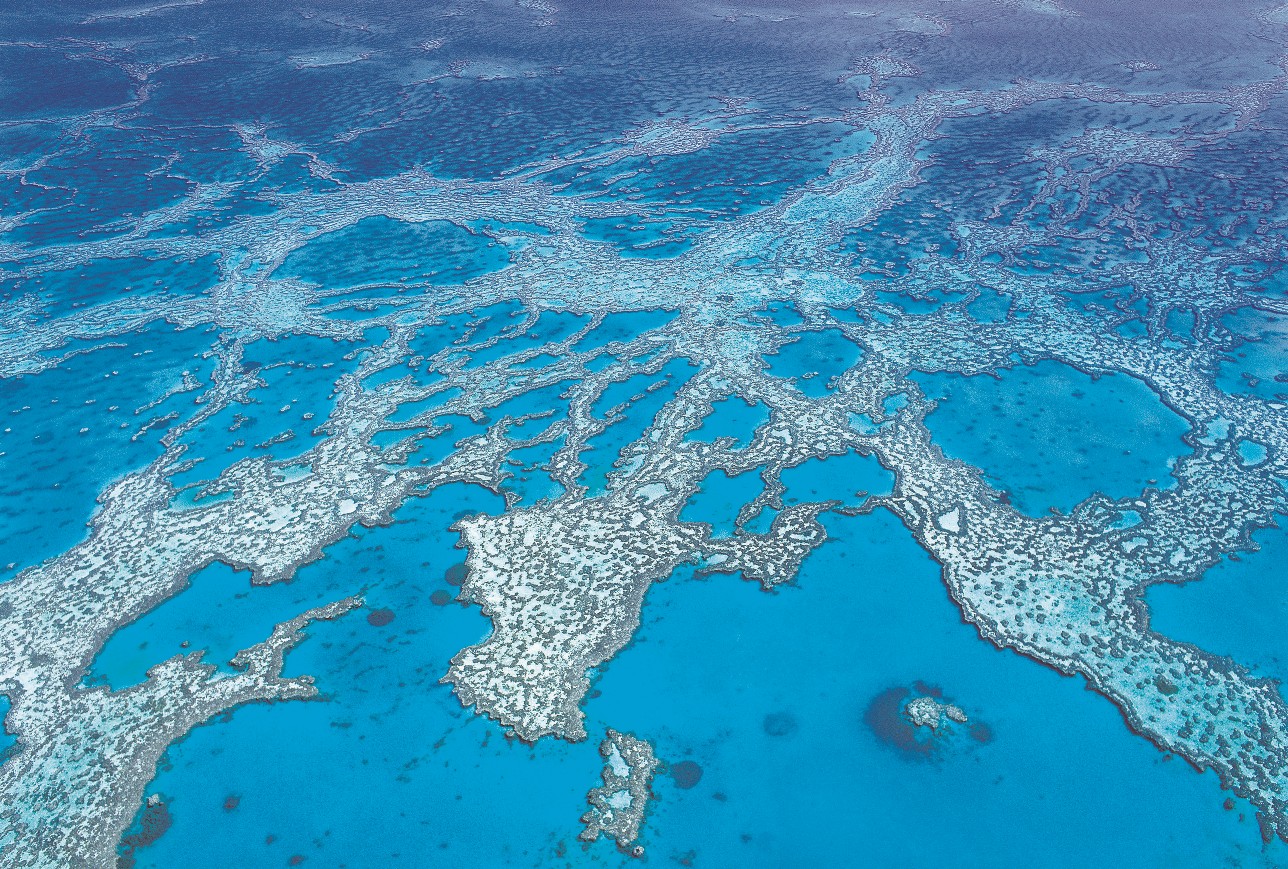
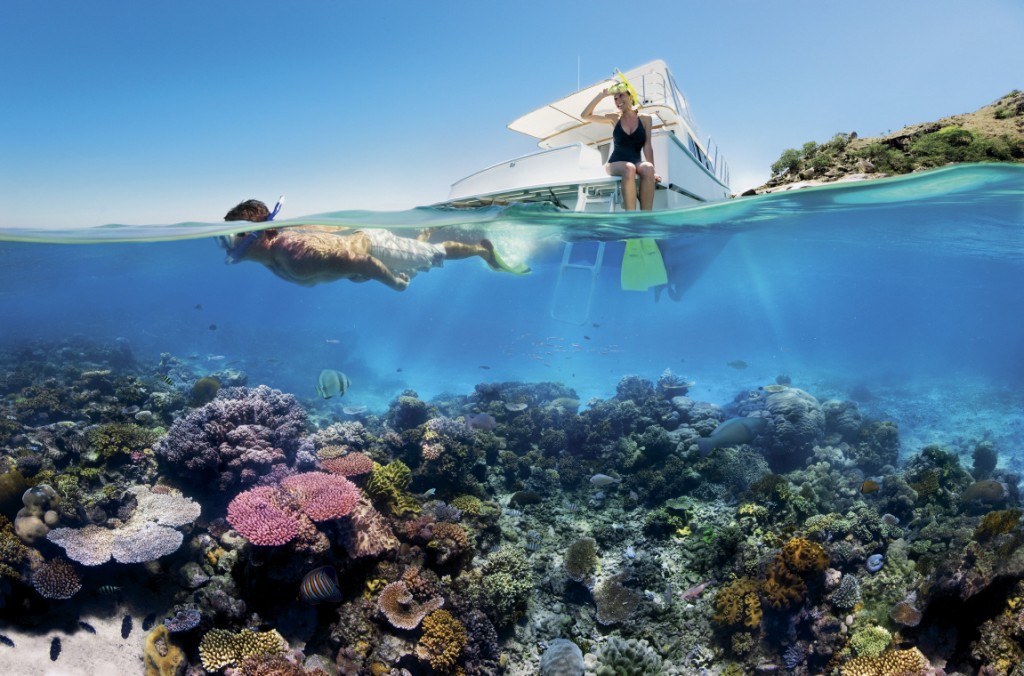
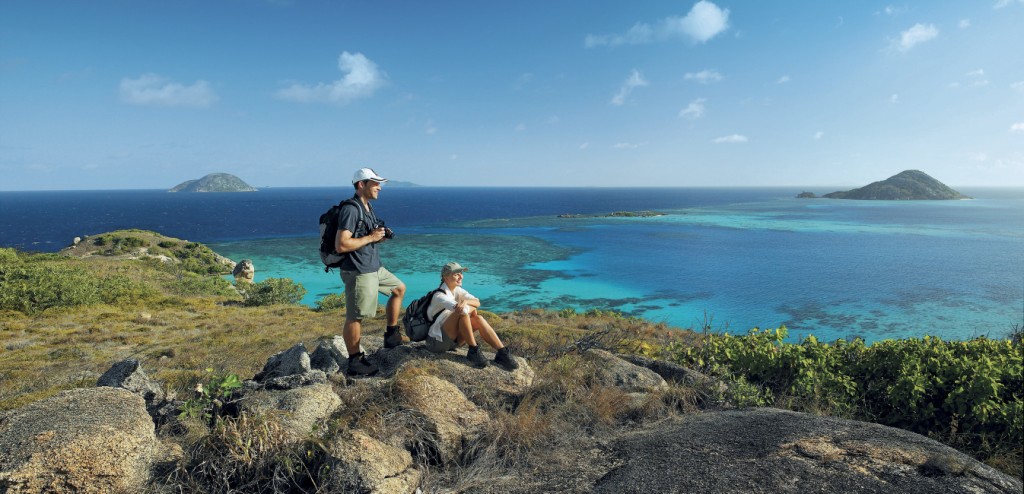
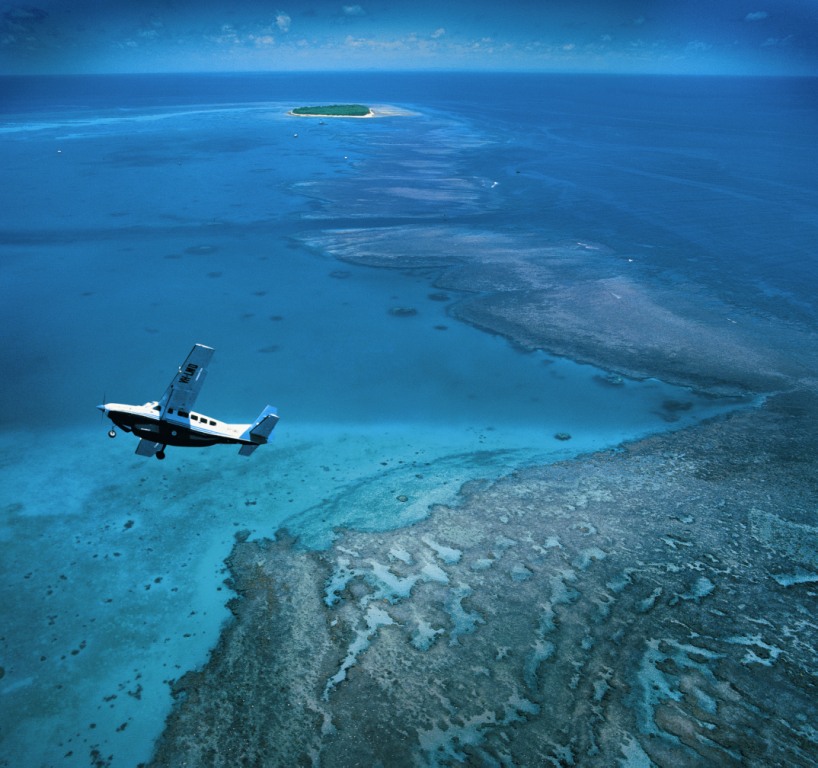
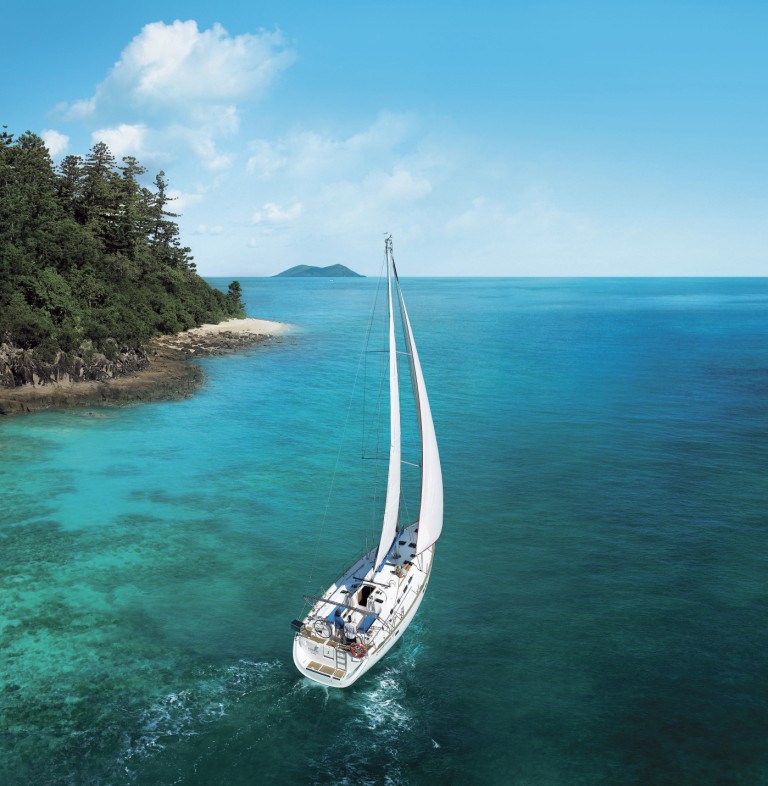
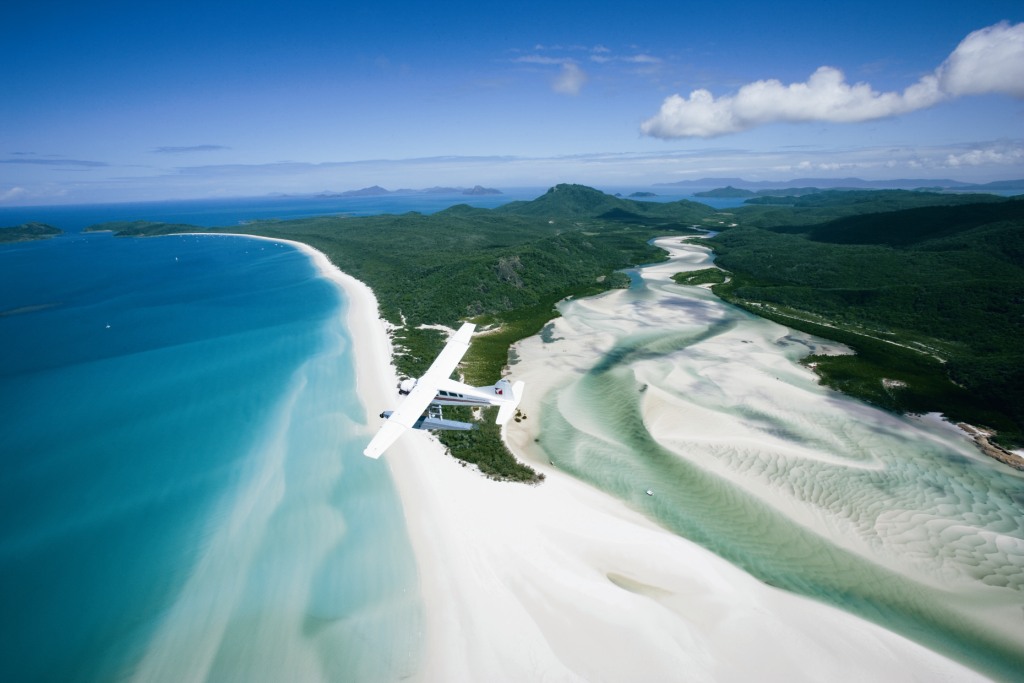
Hi, my compliments on a great blog I must say a tempting, mouth watering effort to join you. Is there any prospect of a bit of free exposure on your program?
Regards,
Hilton Doyle.
Well.. if this is you , then you bet! =) Hilton Doyle in South Africa at the Guinea Fowl Guest Resort http://guineafowlguestresort.ning.com/. As for now… that’s as far as I am going to get. I have about a year’s worth of interviews to work on so far… but you better believe I am interested in your market down there. Always interested how the emerging or non 1st world economy gets creative and drives revenue! CHEERS!
Great Post!
This campaign has such a large impact that it is still making waves in the UK!
National Geographic will be airing a 6-part TV show in August, highlighting the experiences of Ben as the Island Caretaker!